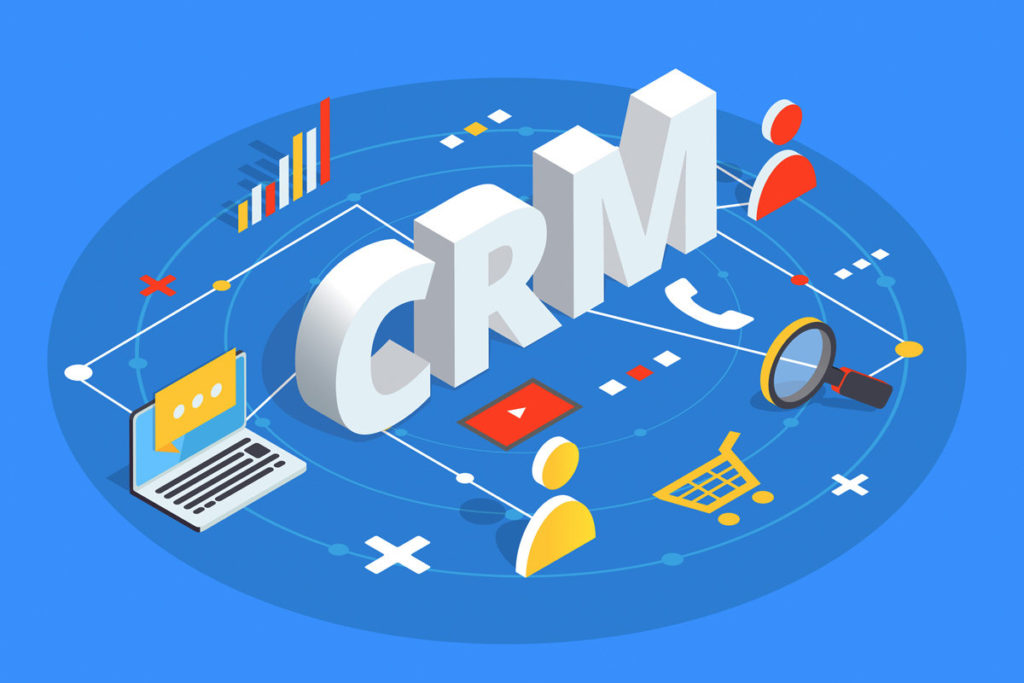Amidst the usual hassle that goes into an office, wasting time switching between different tools is the last thing managers wish for.
69% of workers waste up to 60 minutes a day navigating between apps.
Is this productive? Of Course not and there are many more such problems that occur after CRM software implementation when employees start to use it. These issues are often underestimated or neglected before planning a CRM adoption.

Onboarding and implementing a successful CRM is just half the battle. To attain all the critical benefits like – high profitability, efficiency, productivity and better customer relationship, etc requires the right sort of strategic planning before throwing the users in the CRM pool.
Using the latest technology with old dysfunctional techniques will not only drift you away from the reason you invested in an expensive CRM tool but will also not let you make the best use of the software.
According to a survey, users only use about half of the CRM software’s features. The explanation for this isn’t so much the device they’re using but the way they’re using it. If you think you’re one of them, don’t go the hard way and take some time out to learn more about the CRM capabilities.
In this article, you’ll explore how to avoid implementation challenges by making the best use of the CRM software.
- Process Automation
Take advantage of the process automation capabilities in CRM applications to reduce time-taking efforts and redundant operations, since many of the processes involved with data entry can be automated. You can use your CRM to deliver follow-up emails to prospective and current customers, give offers, and promote other marketing activities to keep your company in front of their minds and make them recall your brand. This allows you to avoid writing the same scripted answers while still ensuring that you have your customers engaged in the sales process.
2. Learn to analyse
Some CRM has an optimization platform that examines consumer trends and behaviour. If a certain email campaign outperformed others, figure out what variables contributed to its effectiveness and aim to duplicate them the next time you push out a newsletter or an email workflow. Customer information is collected and recorded to build loyal sales and marketing strategies.
3. Integrate CRM with other tools
CRM software that is integrated with other systems is much more efficient. Customer and financial records are combined by integration with accounting tools, removing inefficient manual data entry and resulting in more informative results. Or used in conjunction with a VoIP system, the employees would be able to access specific customer information from various databases on a single screen when making a call.
4. keep customer records up to date.
A CRM framework is only useful if the data it contains is up to date. If a customer’s identity, business name, or favourite means of touch changes, the employees can update the records as soon as possible so that the sales and marketing departments have the most up-to-date details and can react appropriately.
5. Maintain a record of a Purchase history.
Current clients are better to sell to than potential customers. By studying your current clients’ shopping experience and customising deals or activities just for them, you can improve your sales efficiency with your CRM. You will configure your CRM to recommend similar items like a wallet if they recently bought a handbag from your online shop.
6. Use CRM to build a marketing strategy:
Build marketing campaigns with the help of a CRM tool. CRM has some of the most important insights into how to strategize and tackle a specific industry, and it also exposes the most effective strategies. Along with indicators of which markets seem to be the most responsive, which product lines are the most desired, and which support channels are the busiest.
7. Improves Internal communication
Relationships with customers aren’t the only ones that the CRM can boost. The method also has a major impact on how you manage internal correspondence.
CRM systems’ main job is to keep track of interactions between a client and an agent who receives his order. As a result, the CRM framework is one of the most effective tools for evaluating and rewarding the agents’ results.
Final Words
This knowledge is sufficient to recognize that having the finest CRM program is insufficient to do anything correctly and retain customer relationships; CRM software also needs a strong strategy to maintain customer relationships. Customers’ expectations are always going to evolve. You need to keep up with the trend and their behaviour and make the best use of the CRM software for better results.
